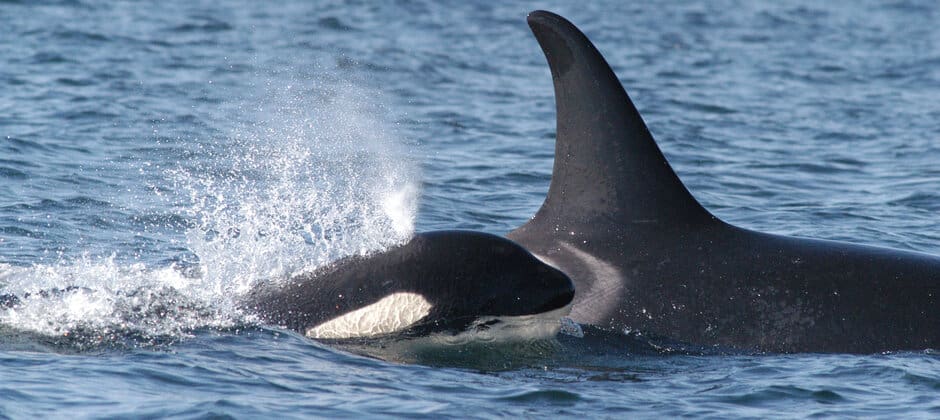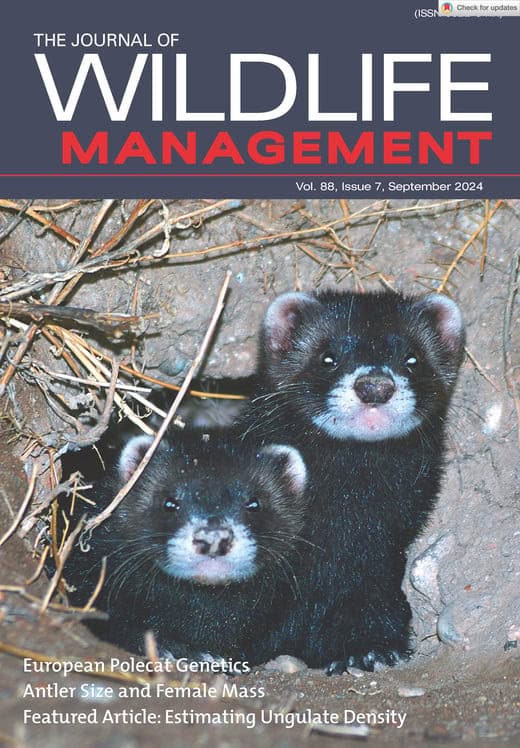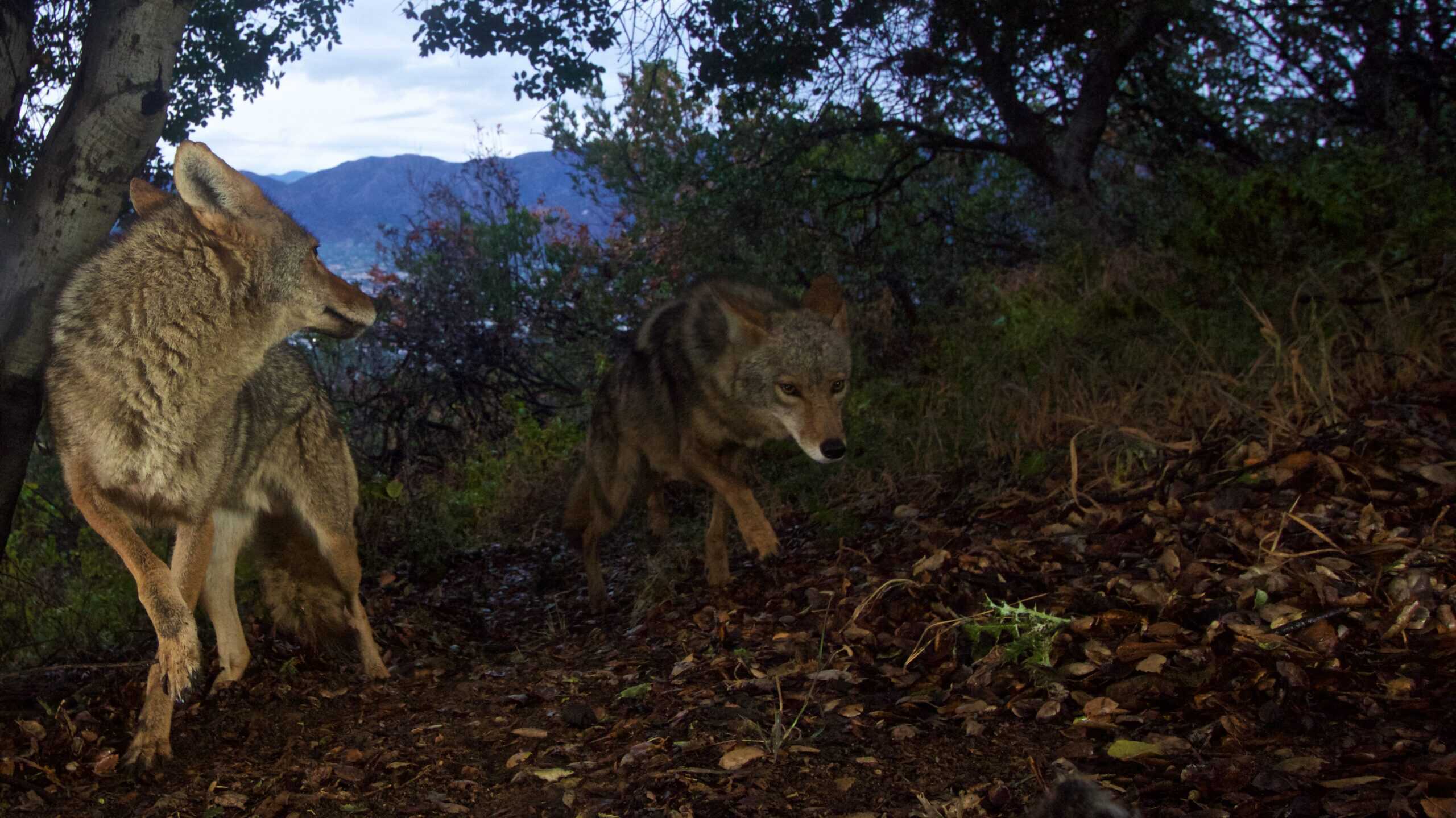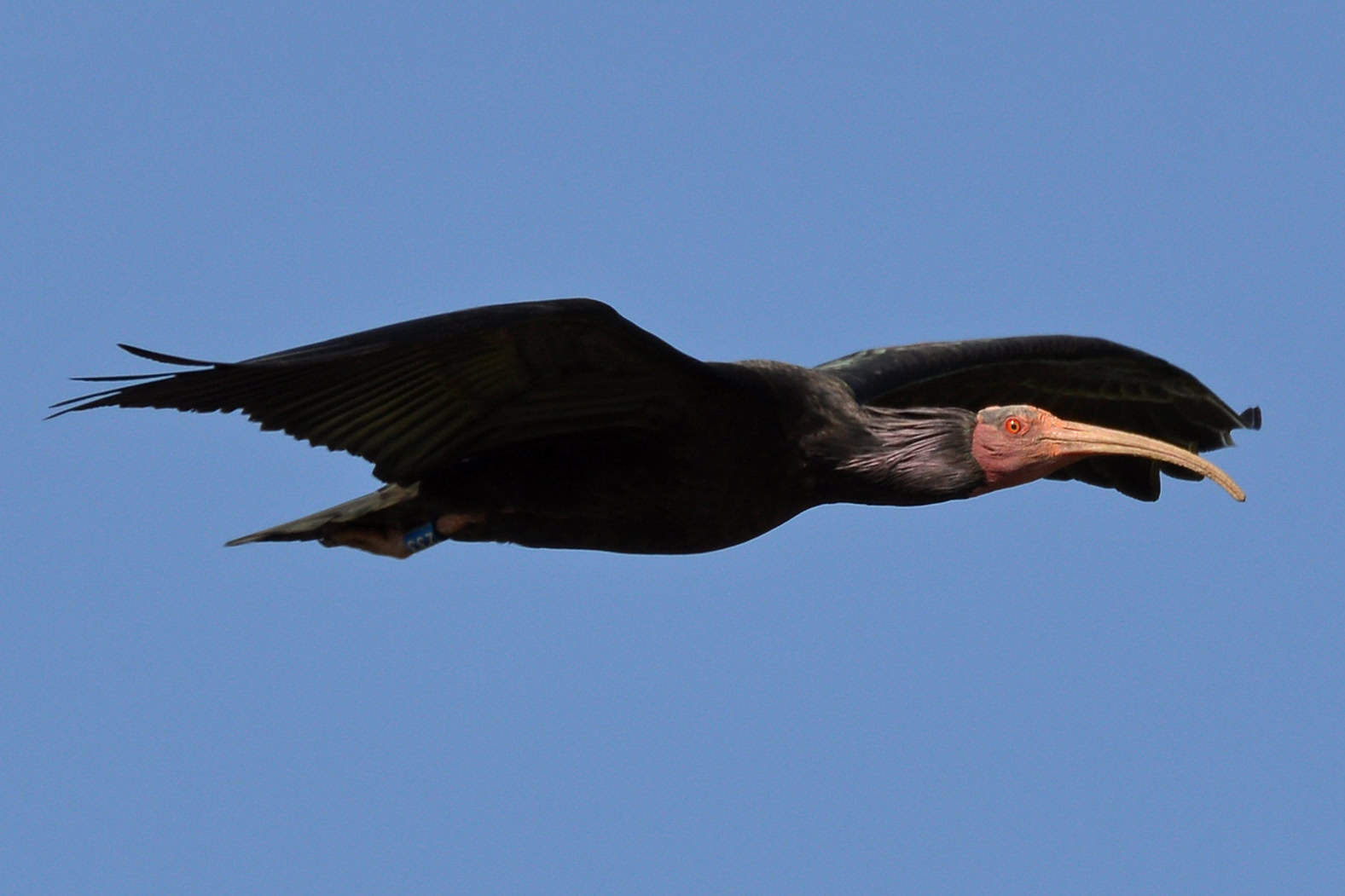Share this article
Southern resident killer whales can’t get enough salmon
Killer whales in the Pacific Northwest are getting their meals snatched by other marine mammals, driving the orcas into an energy deficit.
That’s especially problematic for the southern resident killer whales, found off the coast of British Columbia, Washington and Oregon. This population has experienced steep declines in the 1990s—their numbers still sit as low as 74 individuals.
There’s a lot of debate about whether the southern residents (Orcinus orca) have plummeted due to declines of chinook salmon (Oncorhynchus tshawytscha), their major food source. Stocks of these fish plummeted in the 1990s, leading to a cut back in chinook fisheries. Some scientists take this as proof that the loss of salmon may have also caused the decline in orcas. But others dispute this narrative.
“The chinook salmon population started going up in the late 1990s until about 2010, and then started declining again,” said Carl Walters, a professor emeritus at the University of British Columbia. Meanwhile, the southern resident killer whale population remained small but stable. “So when you really look at the data over time, it’s not at all convincing that one pod or part of the southern resident killer whale population has responded to salmon changes at all.”
But Walters and his colleagues wondered why southern resident killer whale populations continued to face challenges if overall salmon abundance wasn’t the problem. Millions of chinook salmon have been tagged and released along the West Coast. Recoveries of these tags have allowed scientists to calculate how many fish were likely present in areas with southern resident killer whales. The study found that chinook abundance estimated from the tagging data is correlated with southern resident survival rate and fertility.
Fanny Couture is a doctoral student at the Institute for the Oceans and Fisheries at the University of British Columbia. Couture, who led a new PLOS ONE study with Walters and others, ran models to determine how much energy the whales were losing from this lack of chinook from 1970 to 2020 in the Salish Sea and in the west coast of Vancouver Island. From 2018 to 2020, they found whales received only about 83% of the daily energy they needed. This energy deficit, which has been going on for the past six years, correlated with southern resident killer whale mortality.
They suspect competition from other predators taking their food is to blame. “The answer appears to be not because of fisheries or changes in the ocean,” Walters said. “They have been declining because of other marine mammals.”
For example, northern resident killer whale numbers have doubled, and they feed on the same stocks. “[Northern residents] have been thriving,” Walters said. Harbor seal species (Phoca vitulina), which consume juvenile chinook salmon, have increased by 10-fold. Steller sea lion (Eumetopias jubatus) numbers have also increased by a factor of about five since the 1980s. The latter eat older chinook up and down the coast.
Walters said the only way to ensure southern resident whales get the salmon they need is to reduce predation impacts on chinook from other species. In fact, he said, seal and sea lion populations are probably twice as abundant today than they were in the last several millennia. That’s because the First Nations people who used to hunt these species no longer do.
“Our proposal is to restore First Nations traditional harvesting systems,” he said.
Header Image: A southern resident killer whale mother and its calf. Credit: NOAA’s National Ocean Service







